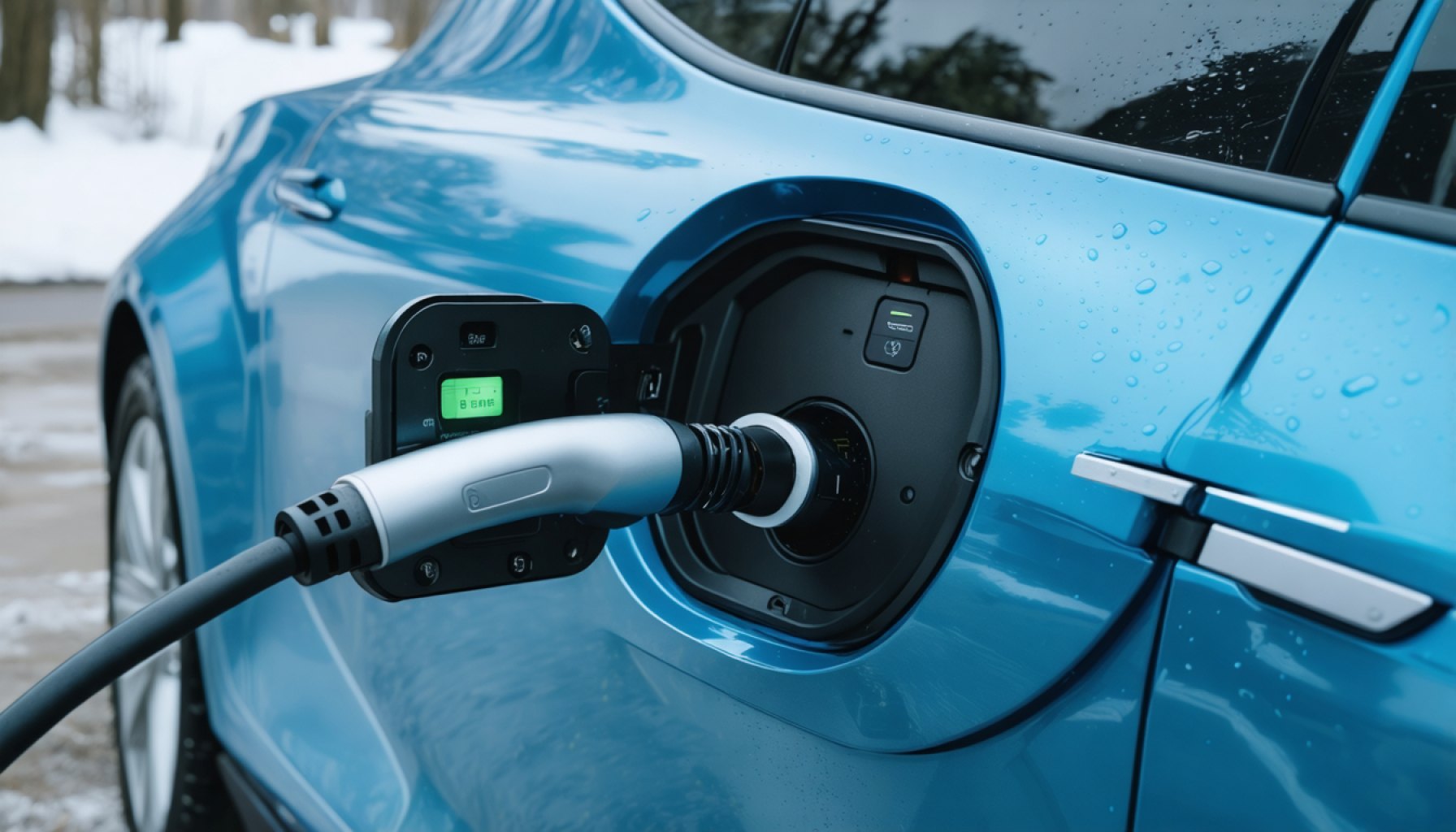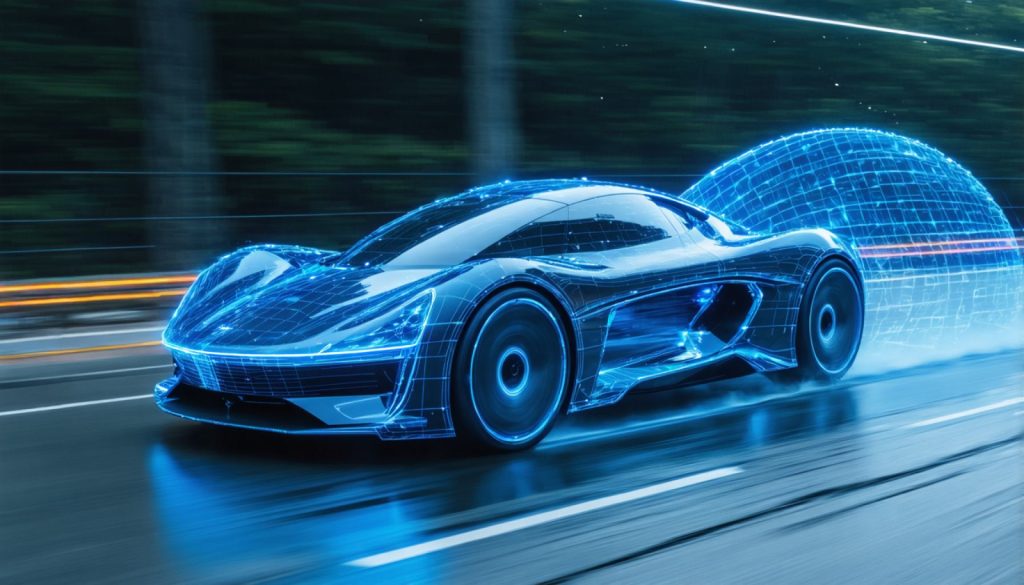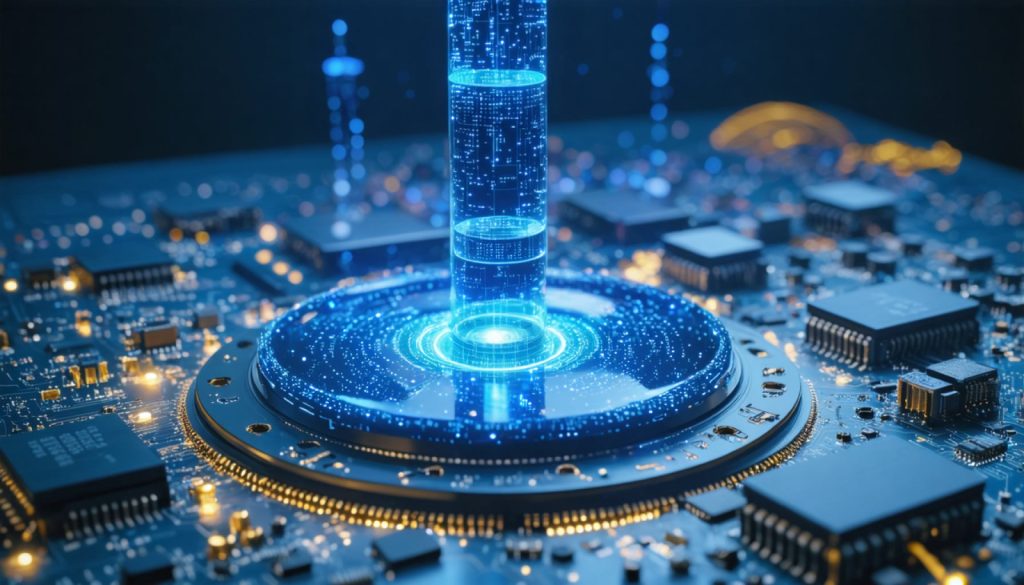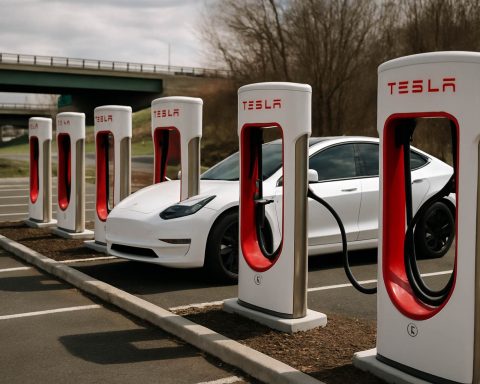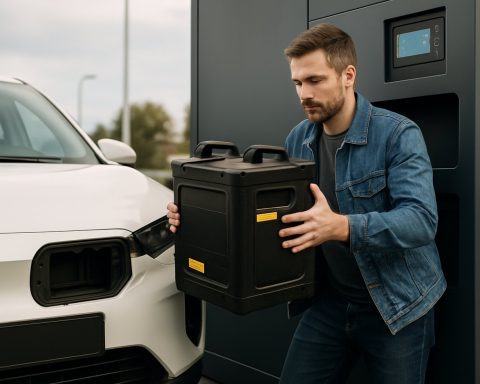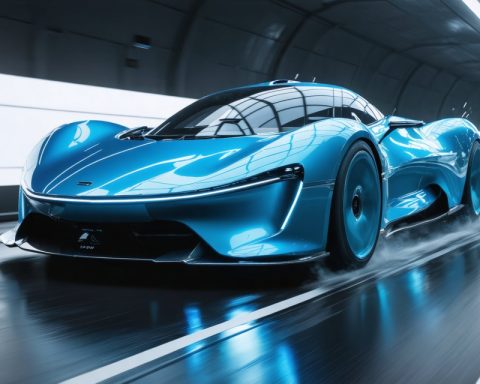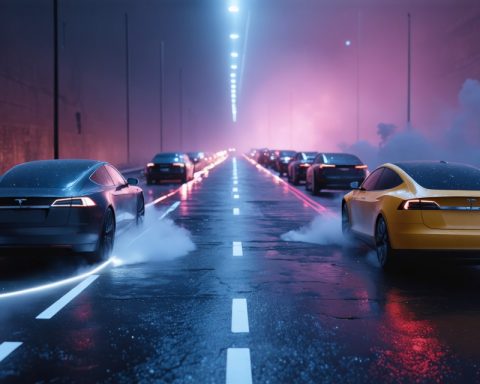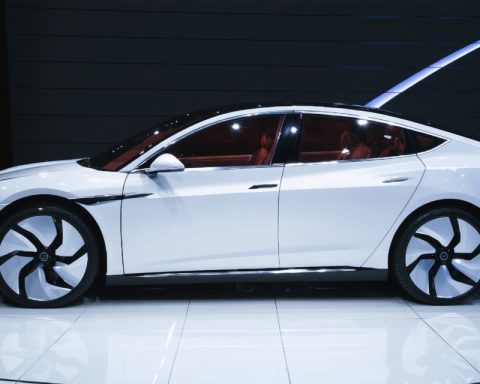- The University of Michigan has developed a groundbreaking lithium-ion battery that enhances electric vehicle performance in cold weather.
- Key innovation involves a single-ion conducting glassy solid electrolyte coating, allowing quick 10-minute charges in low temperatures.
- No major alterations to existing battery chemistries or production facilities are needed, facilitating easy adoption by manufacturers.
- The technology addresses the common problem of reduced battery performance in cold climates, maintaining over 90% capacity at -10°C.
- Atomic layer deposition technique adds a 20-nanometer LBCO layer, significantly boosting ionic movement and charging efficiency by 400-500%.
- Research promises a future where rapid, reliable EV charging becomes standard, enhancing usability and reducing environmental constraints.
A new dawn for electric vehicles shines from the University of Michigan with a groundbreaking lithium-ion battery that defies the bitter grip of winter. Imagine navigating icy roads, reassured that a quick 10-minute charge is all it takes to power your journey—straight from the depths of Michigan’s chilling research labs comes a technology ready to revolutionize how we perceive EV usability in the cold.
Underneath the hood lies a brilliantly simple yet ingenious solution: a single-ion conducting glassy solid electrolyte coating. This innovation doesn’t demand an overhaul of current battery chemistries or costly factory retrofits. With no hurdles to leap, production lines can seamlessly embrace this transformative design, propelling us into a future where fast charging is a given, not a gamble.
Traditional electric vehicle batteries slow down in their performance as mercury levels drop. The usual liquid electrolytes within batteries become the bottleneck, struggling to ferry lithium ions swiftly between electrodes. Previously, manufacturers tried to counteract this by thickening electrodes, inadvertently forcing drivers to trade range for sluggish charging times.
Enter the precision of atomic layer deposition. Scientists have layered a svelte 20-nanometer-thick glassy material onto the battery’s surface. This layer, known as LBCO, orchestrates a symphony of ionic movement, even when Mother Nature pulls out her frostiest stops at -10°C. The result? A cold-weather performance that retains over 90% of its capacity, even when charging at blistering speeds.
Neil Dasgupta, an engineering luminary at the helm of this research, highlights the issue using a poignant analogy. Like butter resisting a butter knife’s advances straight from the fridge, lithium ions face increasing resistance in cold temperatures. And while automakers have dabbled in laser-patterned electrodes which excel in temperate conditions, these structures falter beneath freezing skies, succumbing to lithium’s unyielding desire to plate over anodes.
Yet, with this new coated battery technology, such issues become relics of the past. Each cycle witnesses a commanding 400-500% boost in charging efficiency, an ethereal elevation that seems to defy the laws of thermodynamics. This discovery isn’t just a leap in technology but a declaration: the era when charging suffered from the seasonal malaise is over.
The implications of this research extend beyond just automotive scores of innovation. It speaks of a future where electric vehicles are freed from environmental shackles, where reliable, rapid charging becomes the norm rather than an aspirational endgame. As the researchers gear up for commercialization through Arbor Battery Innovations, EV enthusiasts and environmentalists alike can start to dream of a smoother, cleaner ride—even as the snowflakes fall.
Revolutionary Battery Technology Paves the Way for Electric Vehicles in Freezing Temperatures
The advent of a new lithium-ion battery technology from the University of Michigan is set to transform electric vehicle (EV) performance in cold climates. This breakthrough doesn’t merely solve the problem of EVs struggling in low temperatures but revolutionizes charging times. The development features a simple yet effective solution: a single-ion conducting glassy solid electrolyte coating.
How It Works
– Single-Ion Conducting Glassy Solid Electrolyte: The core innovation here is the application of a 20-nanometer thick layer of LBCO (Lithium Boron Oxide), a glassy solid electrolyte, which maintains performance even at temperatures as low as -10°C.
– Enhanced Ionic Movement: Unlike traditional liquid electrolytes that slow down in the cold, this new coating facilitates rapid lithium ion movement, ensuring the battery retains over 90% of its capacity even during fast charging sessions.
Benefits Over Traditional Batteries
– Cold Weather Efficiency: Traditional lithium batteries lose efficiency as temperatures drop. This new technology ensures consistent performance without the drawbacks of thick electrodes, which previously compromised charging speed.
– Quick Charging: The new batteries offer a 400-500% increase in charging efficiency, allowing rapid charging without risking damage or performance loss.
– No Need for Overhaul: The implementation of this technology doesn’t require changes to existing battery chemistries or costly factory modifications, facilitating seamless integration into current manufacturing processes.
Real-World Use Cases
1. Winter Travel: EVs equipped with these batteries can confidently tackle winter roads without the worry of decreased performance.
2. Remote Areas: In areas where charging stations are sparse, the quick charging capability becomes crucial, ensuring vehicles can be charged fully in just 10 minutes.
Industry Implications
– Market Forecast and Trends: The EV market is expected to see significant growth, with demand for reliable, cold-weather-capable batteries increasing. Automotive World projects a substantial rise in EV adoption in colder regions, thanks to innovations like this.
– Arbor Battery Innovations: The organization is gearing up for commercialization, signaling potential collaborations with leading automakers eager to implement this technology.
Controversies and Limitations
– Commercial Viability: While promising, the cost and scalability of production at the industrial level remain to be seen. Questions linger about the long-term durability and performance over extended use cycles.
Quick Tips and Recommendations
– Stay Informed: For consumers and enthusiasts, staying updated on developments from leading research institutions can provide insights into when and how this technology will become widely available.
– Consider Climate: When purchasing an EV, consider the climate compatibility of the battery technology if you live in colder regions.
Conclusion
The development from the University of Michigan represents a monumental leap in battery technology, promising a future where electric vehicles can perform reliably across all seasons. By reducing charge times and overcoming the limitations posed by cold weather, this breakthrough sets the stage for an era of increased EV adoption and sustainability. Stay attuned to announcements from University of Michigan and Arbor Battery Innovations as they move closer to bringing this innovation to market.
